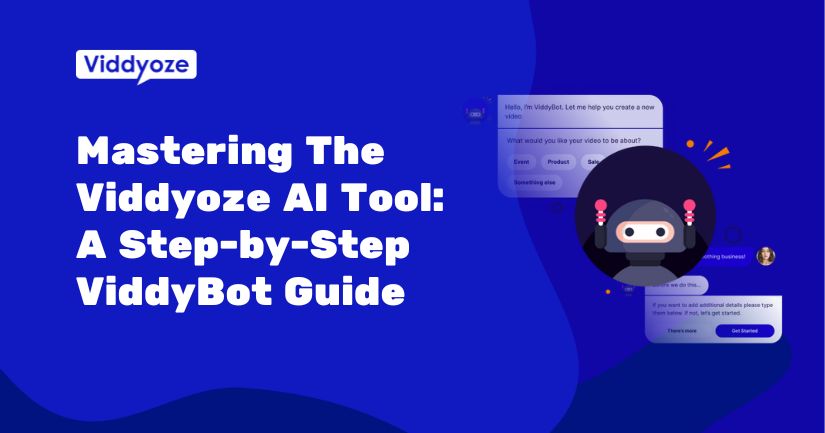To create an AI tool, follow these steps: define the problem, gather and preprocess data, select the appropriate algorithm, train the model, evaluate and fine-tune the model, test the model, deploy the model, and monitor and maintain the model. It can be challenging due to the complexity of algorithms and the need for a solid grasp of mathematics.
However, with careful planning and understanding, you can successfully develop your own AI tool.
Introduction To Creating An Ai Tool
Learn how to create your own AI tool with this step-by-step guide. From defining the problem to deploying and maintaining the model, this resource will help you navigate the complex world of AI development. No previous experience required!

Credit: medium.com
Steps To Create An Ai Tool
To create an AI tool, you need to follow several steps:
- Defining the Problem: Clearly outline the problem you want to solve with the AI tool.
- Data Gathering and Preprocessing: Collect and preprocess the relevant data to train the AI model.
- Algorithm Selection: Choose the appropriate algorithm that suits your problem and dataset.
- Model Training: Train the AI model using the selected algorithm and the preprocessed data.
- Model Evaluation and Fine-tuning: Evaluate the trained model’s performance and make necessary adjustments.
- Model Testing: Test the model’s accuracy and reliability with new data.
- Model Deployment: Once satisfied with the model’s performance, deploy it for real-world use.
- Monitoring and Maintenance: Continuously monitor the AI tool’s performance and make updates as necessary.
Challenges And Costs Of Creating An Ai Tool
Creating an AI tool can be challenging and costly due to various factors. One of the main challenges is the complexity of algorithms. Many AI models are based on complex algorithms, such as deep learning, which require a solid understanding of mathematics, including linear algebra and calculus.
Another factor to consider is the required mathematics understanding. Developing an AI tool requires a deep understanding of mathematical concepts and the ability to apply them in practical scenarios.
The development cost breakdown is also a significant consideration. Building an AI tool involves various stages such as defining the problem, gathering and preprocessing data, selecting the appropriate algorithm, training the model, evaluating and fine-tuning the model, testing, deploying, and monitoring the model. Each stage requires time, expertise, and resources, resulting in associated costs.
Additionally, creating your own AI model can be challenging. It requires expertise in algorithms, programming languages, and AI frameworks. While there are online tools and libraries available, understanding and implementing these tools effectively can still be complex and time-consuming.

Credit: www.instagram.com

Credit: viddyoze.com
Frequently Asked Questions For How To Create An Ai Tool
How Do I Make My Own Ai App?
To make your own AI app, follow these steps: Define the problem, gather and preprocess data, select the appropriate algorithm, train the model, evaluate and fine-tune the model, test the model, deploy the model, and monitor and maintain the mode.
It can be challenging due to complexity of algorithms, understanding and implementing math concepts, and cost.
How Do I Make My Own Ai Model?
To create your own AI model, follow these steps:1. Define the problem. 2. Gather and preprocess data. 3. Select the appropriate algorithm. 4. Train the model. 5. Evaluate and fine-tune the model. 6. Test the model. 7. Deploy the model.
8. Monitor and maintain the model. Creating your own AI model can be challenging due to complex algorithms and the need for a solid grasp of mathematics.
How Much Does It Cost To Make An Ai Tool?
The cost of making an AI tool varies based on factors such as complexity and features.
Is It Hard To Create Your Own Ai?
Creating your own AI model can be challenging due to the complexity of algorithms. Understanding and implementing these algorithms requires a solid grasp of mathematics, such as linear algebra and calculus.
Conclusion
Creating an AI tool may seem daunting, but it is achievable with the right steps and resources. By defining the problem, gathering and preprocessing data, selecting the appropriate algorithm, training and fine-tuning the model, testing, deploying, and monitoring it, you can build your own AI tool.
It’s important to understand that building an AI model may require a solid grasp of mathematics and a thorough understanding of complex algorithms. However, with perseverance and the use of helpful AI technologies like TensorFlow and PyTorch, you can overcome the challenges and develop your own AI tool.
Try out AI tools like Otter AI or Clay to enhance your productivity and task management.




